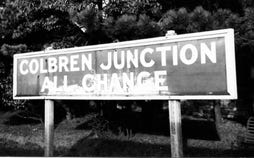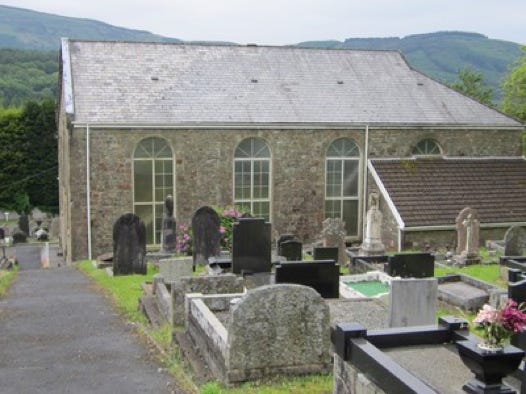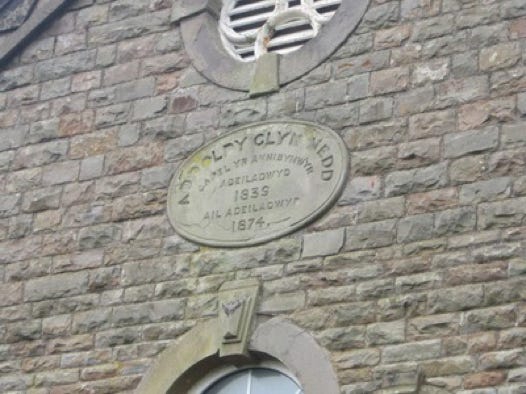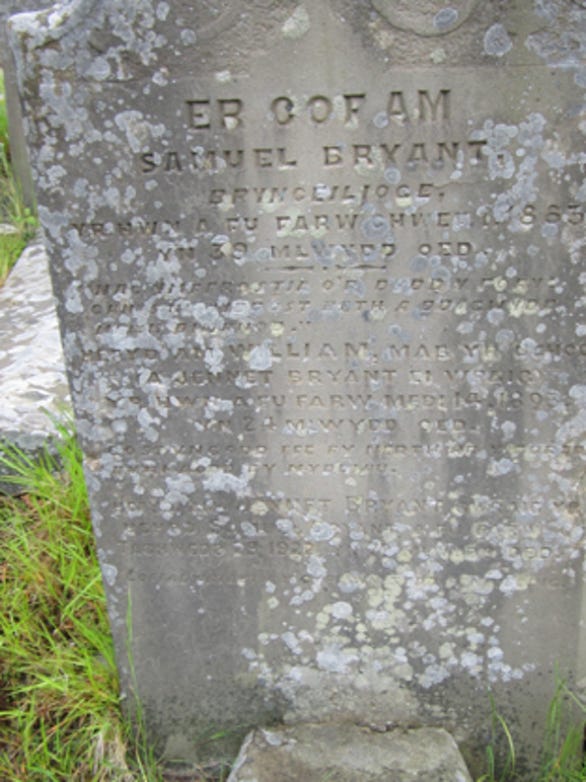Samuel Bryant, 39, married to Jennet Jones, with six children and one on the way, died on 27 January 1883 at the Aberpergwm Colliery, near Glynneath. His death is not recorded as part of a larger disaster at this pit so maybe resulted from a localised fall or from the other myriad reasons and “vague promises of death” (from the poem, ‘Rock Borers from Star’s District', Robert Morgan) an accident in the mine could occur. Indeed, as Friedrich Engels said about mining in 1845, “In the whole British Empire there is no occupation in which a man may meet his end in so many diverse ways as in this one.”[1] The two most frequently recorded causes of death in isolated mining fatalities appear to be falls of coal or stone, followed by the depressingly common occurrence of crushing by coal drams derailing on the way to the surface. Usually the mine managers would claim the man was riding the drams in a way contrary to regulation. BL Coombes (1937) explained how important it was that “accidents” were explained precisely as such: in this way the collier’s family would receive an insurance pay-out; if negligence on the management or owner’s part was claimed, then things would become a lot more protracted. Explosions of gas were less common, but when they happened in a mine, they of course caused a much larger number of deaths.
Just over ten years later, Samuel and Jennet’s eldest son, William, died of another mining accident in 1893, aged only 24.
Jennet Jones and Samuel Bryant had married at Neath in 1869. Samuel came from the Bryant family at nearby Bryncyloca, although this family was originally from Carmarthenshire: Samuel Bryant senior was born in Llangyfelach in 1811 and married a Mary Jones (so far apparently unconnected to any other Jones families) in Neath in 1839. Bryncyloca has disappeared from the modern map but it is shown on the Popular (1919-23) edition as a little east of Banwen, now conifer-forested, such non-indigenous landscaping undertaken after the closure of the open-cast operations. The evergreen conifer carpet has choked the subtle changes the mountain used to give off through the various seasons.
Another of this family, Samuel’s sister, Mary Bryant (1856-90) was to figure later in the Jones family. In 1882, she married Owen Jones, whose brother David married Joan (or Siwan) Jones, another of William Jones’ daughters. This is one example of many tri-partite familial alliances we will see, different families acting at different times as poles around which our Jones – and later, Morgan – families revolve.
Shortly after marriage, by 1871, Samuel Bryant and Jennet (Jones) seem to be in sole occupancy of Bryncyloca, with two young children already present. Samuel Bryant senior had died in 1869 and his wife Mary in 1870. Samuel’s sister Mary, already mentioned, was living aged 14 on the next farm with her eldest sister, Ann, aged 29, recorded as Head of the Household, also with younger brother John, aged 12 to look after. This is a good first example of how, in these days before social services and any welfare safety net apart from the workhouse, dislocated families and children simply had to fend for themselves.
Ten years later, in 1881, we find Samuel and Jennet in the same place, now with six children (shown below).
Samuel probably walked to work from here over the mountain to Aberpergym Colliery, where he died in 1883. In the later 1891 census, we see the remaining family resident at 1, Maesmarchog Cottages, Glynneath, and can now enumerate all Samuel Bryant and Jennet Jones’ children.
A sad implication of the 1891 census, showing Ann Bryant aged 9, is that mother Jennet was probably pregnant with her youngest daughter Ann, when Samuel Bryant was killed in 1883. The last official records we have for this family come from the 1911 census which show Jennet as a widow, aged 68, in the company of her son John, 34, and daughter Ann, 27. At this time they are living at Addoldy House, Glynneath, which still adjoins the eponymous Chapel (Independent).




